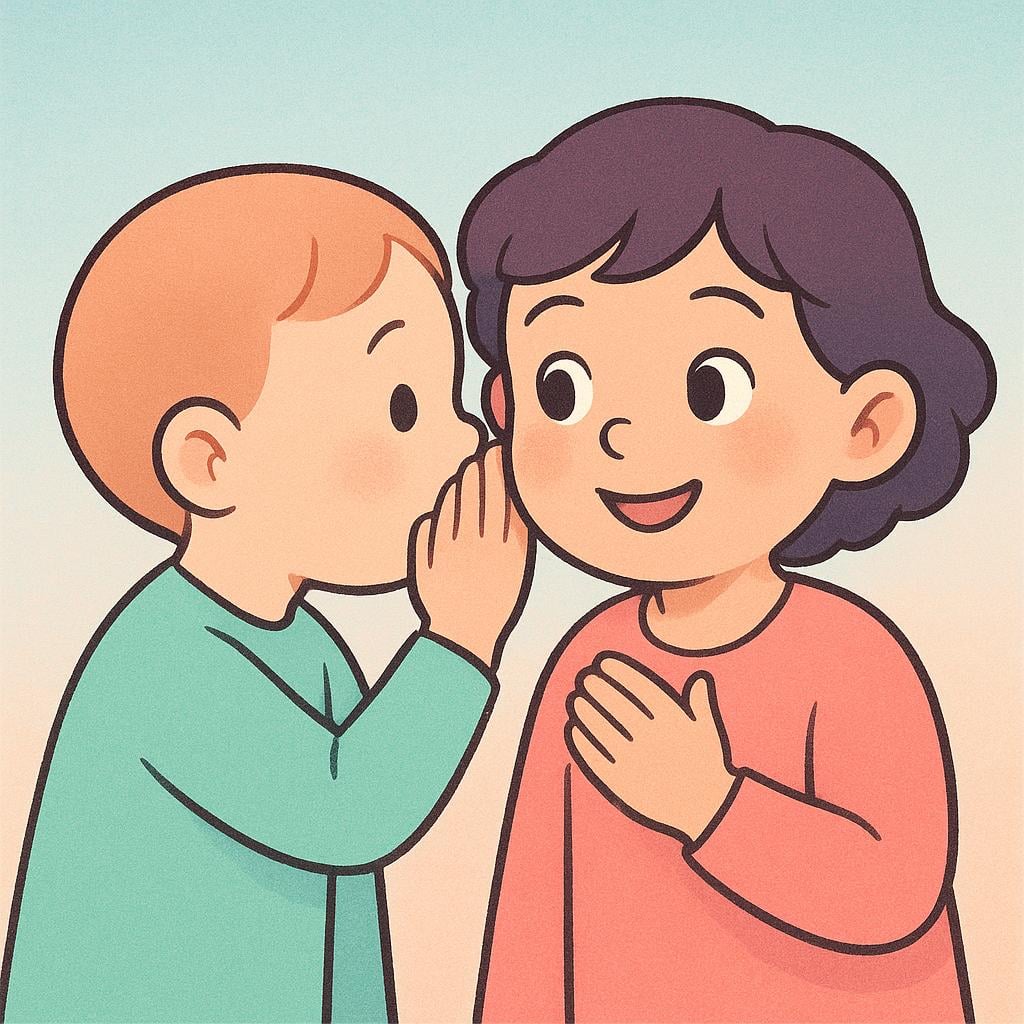
decirme
/deh-SEER-meh/
Quick Reference
📝 In Action
¿Puedes decirme la hora, por favor?
A1Can you tell me the time, please?
Él va a decirme un secreto.
A2He is going to tell me a secret.
Gracias por decirme la verdad.
B1Thank you for telling me the truth.
💡 Grammar Points
Verb + 'Me' = Action For Me
'Decirme' is a mashup of the verb 'decir' (to tell) and 'me' (me). In Spanish, you can attach 'me' to the end of a verb's original form (its infinitive) to show the action is directed at 'me'.
Where Does the 'Me' Go?
The 'me' only sticks to the end like this when the verb is in its original form (like 'decirme') or is a positive command (like '¡dime!'). If the verb is the main action, the 'me' moves to the front: 'Él me dice la verdad' (He tells me the truth).
❌ Common Pitfalls
Sticking 'me' to a conjugated verb
Mistake: "Yo diceme la historia."
Correction: Yo le digo la historia. When 'decir' is the main verb, the part that shows who is receiving the action (like 'me', 'te', 'le') goes *before* the verb. So, 'Él me dice' (He tells me), not 'Él diceme'.
⭐ Usage Tips
Use After Another Verb
You'll almost always see 'decirme' used right after another verb. For example: 'Puedes decirme' (Can you tell me?), 'Quieres decirme' (You want to tell me?), 'Vas a decirme' (You are going to tell me?).
✏️ Quick Practice
💡 Quick Quiz: decirme
Question 1 of 1
Which sentence correctly uses the idea of 'telling me'?
📚 More Resources
Frequently Asked Questions
What's the difference between 'decirme' and 'dime'?
'Decirme' means 'to tell me' and is the basic, original form of the verb. You use it after other verbs, like 'Vas a decirme' (You are going to tell me). 'Dime' is a direct command: 'Tell me!'
Why isn't it 'decir yo'?
In Spanish, to show that the action of the verb is happening to you, you use 'me', not 'yo'. 'Yo' is for when you are the one doing the action (e.g., 'Yo digo' - I say). 'Me' is for when you are receiving the action (e.g., 'Él me dice' - He tells me).